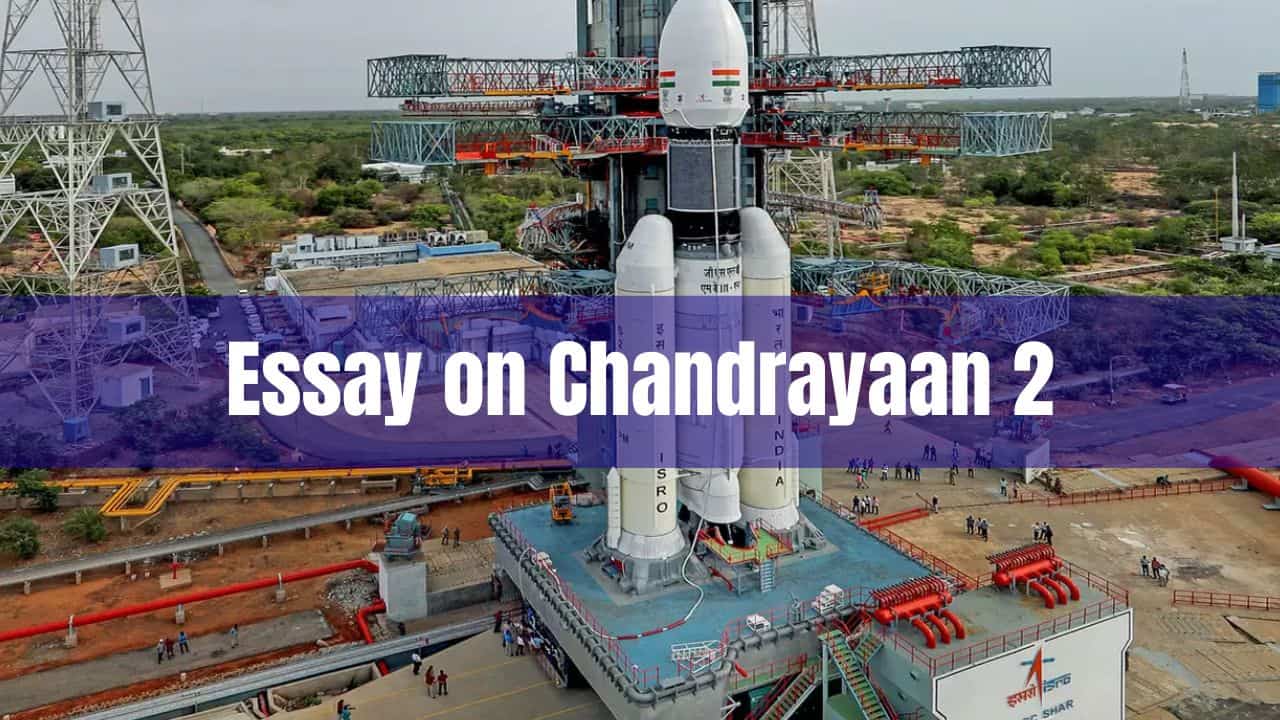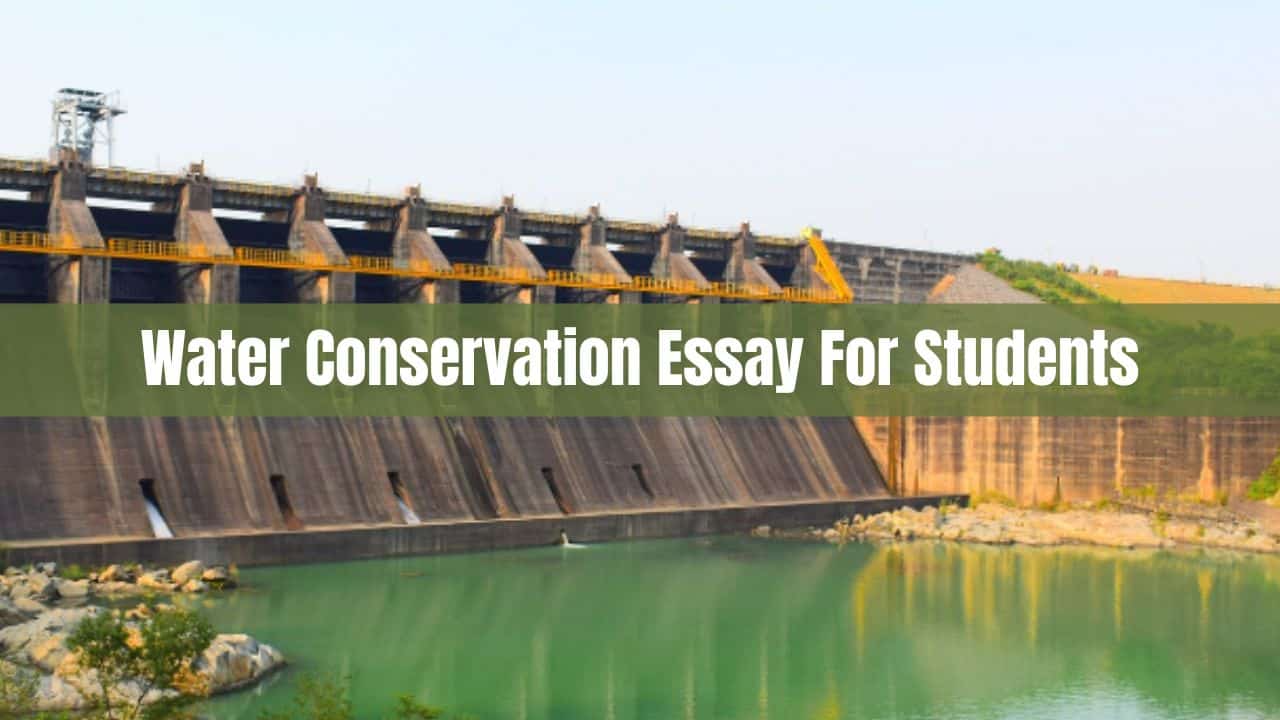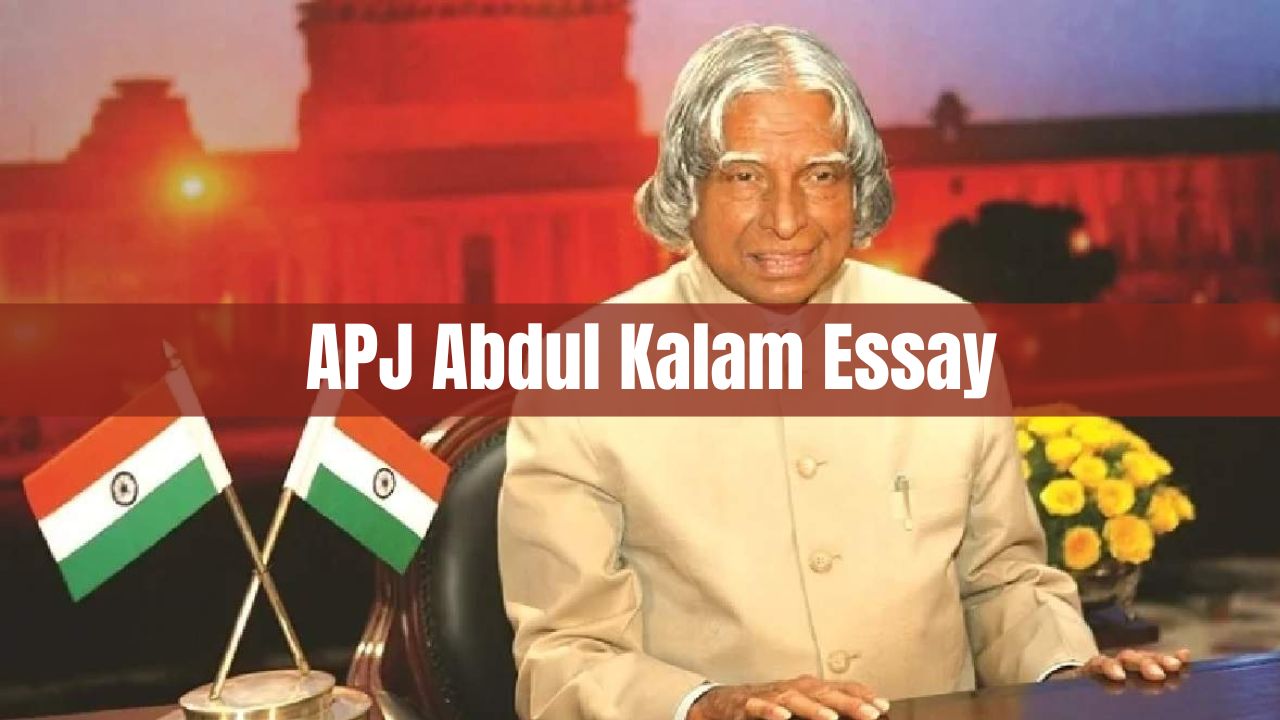Chandrayaan 2 is the second lunar discovery mission formed by the Indian Space Research Organization. Chandrayan’s mission was the first mission of the Indian Space Research Organization related to the Moon or lunar, the Earth’s natural satellite.
Chandrayaan
Chandrayaan program or also known as the Indian Lunar Exploration Programme which is an ongoing series of outer space launched by the Indian Space Research Organization. The name of the program is inspired by the Sanskrit word “candrayana.”
Chandrayaan 1
Chandrayaan 1 was the first lunar spacecraft under the Chandrayaan program series. It was launched on 22 October 2008 and operated till August 2009 by the Indian Space Research Organization. The mission included a lunar orbiter and an impactor. The spacecraft was launched with the help of a PSLV-XL rocket by the Indian Space Research Organization from their base Satish Dhawan Space Centre, in Sriharikota, Andhra Pradesh 00:52 UTC.
This mission gave a boost to India’s space program as it was the first time India developed its instruments and technology to explore the Moon.
On 14 November 2008, the Moon Impact Probe (MIP) separated from the Chandrayaan orbiter and landed safely on the south pole of the Moon. It made India the 4th country to place its flag on Moon. The MIP hit near the Shackleton, ousting the sub–surface soil, which can be used to analyze the presence of lunar water. The impact location was named “Jawahar Point.”
The MIP was expected to survey the Moon’s surface for two years. The work was to produce a complete map of the chemical composition of the surface, and it is 3-dimensional topography. Polar regions were the highlight of the main attraction for Indian scientists. But the major accomplishment of MIP was the discovery of water molecules in Moon soil.
Objectives and Goals
The mission had the following objectives:
- To develop, design, launch a spacecraft around Moon using an Indian-made vehicle.
- Conduct the experiments with the use of instruments on the spacecraft to generate the following data:
- Prepare 3-D atlas from near and far sides of the Moon.
- Chemical and mineral mapping of the Moon surface at high resolution, especially finding the chemicals – Magnesium, Aluminium, Calcium, Iron, Silicon, Titanium, Radon, Uranium, and Thorium.
- Increase scientific knowledge more about the Moon.
- Test the impact of MIP on the surface of the Moon and work as a leader for a future landing mission.
The goals which were set for the Chandrayaan 1 missions were as follows:
- Chemical imaging and mineralogy of permanent shadow area in north and south pole.
- The search of water on or in the surface of the Moon, especially at poles.
- Mapping height variation on the surface
- Observe the X-ray spectrum greater than 10keV with coverage of 5m resolution.
Although the MIP was expected to be in the lunar orbit for 2 years after a year, it faced many technical glitches. ISRO lost connection with Chandrayan 1, which was then officially declared as that the mission was over by the ISRO. The Chandrayaan 1 was in the lunar orbit for about 312 days. The estimation of the cost spent on this project was about Rs.386 crore (the US $54 million).
Also Read: My School Essay For Students
Chandrayaan 2
Chandrayaan 2 is the second lunar mission in the series of Chandrayaan programs launched by the Indian Space Research Organization and followed by Chandrayaan 1, the second mission, the Chandrayaan 2, consists of a Vikram lander, Pragyan lunar rover, and lunar orbiter.
The second spacecraft was launched from the second launch pad at Satish Dhawan Space Centre.
The Vikram lander and Pragyan rover were supposed to be land near the side of the Moon, in the south pole of the Moon at an altitude of 70° south on 6 September 2019. The main objective was to perform experiments for 1 moon day, two weeks of Earth approximately.
However, due to some software glitches, the lander deviated from the intended trajectory path while landing on 6 September 2019, which became the reason for the failure of Chandrayaan 2. But according to the officials, ISRO is planning a re-attempt with Chandrayaan 3 in the 2nd quarter of 2021.
Chandrayaan 2 Objectives and Goals
The objective of the Chandrayaan 2 lander was to determine the soft landing and operate a robotic rover on the Moon’s surface.
The scientific goals were:
- Map lunar surface and prepare 3-D maps of it.
- Study water ice on the south pole area.
History
In November 2007, the Russian Federal Space Agency (Roscosmos) agreed to work together with ISRO on Chandrayaan 2 project. The Russian Space Agency was in charge of building the lander, and ISRO was supposed to make the rover and the orbiter. The design was completed in August 2009, with the joint review of both the space agencies.
Dr. Manmohan Singh approved the project; although ISRO completed the payload on time the Russian Space Agency was not able to build the lander on time. Because of which the mission was delayed to 2016. When the Russian Federal Space Agency cleared, it would not be able to develop the lander; then Indian Space Research Organization decide to build the lander by all itself.
The lunar probe was supposed to be launched in March 2019, but it was delayed because of the minor damage in the two legs of the lander during the test in February 2019, which made the launch scheduled even later.
The name Chandrayaan means “moon-craft” in Sanskrit and Hindi. The Chandrayaan 2 consists of a Vikram lander, orbiter, and a Pragyan lunar rover. The approximate lift-off mass of GSLV Mk III was 3,850kg (8,490lb).
The mission cost approximately Rs. 9.78 billion (approximately US $ 141 million), including Rs. 6 billion for the space segment and Rs. 3.75 billion as launch cost on GSLV Mk III.
Design
The name Chandrayaan means “moon-craft” in Sanskrit and Hindi. The Chandrayaan 2 consists of a Vikram lander, orbiter, and a Pragyan lunar rover. The approximate lift-off mass of GSLV Mk III was 3,850kg (8,490lb).
The mission cost approximately Rs. 9.78 billion (approximately US $ 141 million), including Rs. 6 billion for the space segment and Rs. 3.75 billion as launch cost on GSLV Mk III.
Orbiter
The Chandrayaan 2 orbiter is orbiting around the Moon at an orbit of altitude of 100km (62mi). It carries eight instruments: in which two instruments are an improvised version of flown with Chandrayaan 1. The Orbiter High-Resolution Camera (OHRC) instrument on the orbiter gives high-resolution observation of the landing site before getting separated from the orbiter.
The orbiter was developed by Hindustan Aeronautics Limited and delivered to ISRO on 22 June 2015. The specifications of the orbiter are:
- Dimensions – 2 × 5.8 × 2.2m
- Power Generation Capacity – 1000W
- Gross lift-off mass – 2,379kg (5,245 lb)
- Propellant Mass – 1,697 kg (3,741 lb)
- Dry Mass – 682 kg (1,504 lb)
- Mission Duration – approximately 7.5 years
Vikram Lander
The mission lander was known as “Vikram.” It was named after the cosmic ray scientist Vikram Sarabhai (1919-1971), the founder of the Indian Research Programme. The Vikram lander was supposed to detach the orbiter at a low lunar orbit of 30 km × 100 km (19 mi × 62 mi) using its 800 N (180 lb) liquid main engines.
Some coupled technologies comprise a high-resolution camera, Laser Altimeter (LASA), Lander Hazard Detection Avoidance Camera (LHDAC), Lander Position Detection Camera (LPDC), Lander Horizontal Velocity Camera (LHVC), an 800 N throttleable liquid main engine, attitude thrusters, Ka-Band radio altimeters, Laser Inertial Reference & Accelerometer Package (LIRAP), and the software needed to run these components.
The various specifications of the Vikram lander are:
- Dimensions: 54 by 2 by 1.2 metres (8 ft 4 in × 6 ft 7 in × 3 ft 11 in)
- Gross lift-off mass: 1,471 kg (3,243 lb)
- Propellant mass: 845 kg (1,863 lb)
- Dry mass: 626 kg (1,380 lb)
- Power generation capability: 650 W
- Mission duration: ≤14 days (one lunar day)
Pragyan Rover
The rover was named “Pragyan,” meaning “Wisdom,” with a mass of 27kg. The rover was expected to be operated with solar power. The rover was having six wheels and was supposed to move on the surface at a rate of 1 cm (0.39 seconds) per second. The lander was supposed to perform on-site analysis and send the data to the lender.
The two aft wheels of the rover had the ISRO logo and the State Emblem of India, leaving behind the patterned marks on the surface. The various specification of the Pragyan rover is:
- Dimensions:9 × 0.75 × 0.85 m
- Power: 50 W
- Travel speed: 1 cm/sec
- Mission duration: ≤14 days (one lunar day)
Success or Failure
The Chandrayaan 2 mission has achieved 95% success with the insertion of the orbiter in the lunar’s orbit. On 7 September 2019, Vikram lander tried to make the soft landing on the surface of the Moon. But unfortunately, just before 2 Kms from the lunar surface, the ISRO lost contact with the lender.
The organization made lots of efforts to reconnect with the Vikram lender, but no effort come positive. It was declared that the lender was not able to separate from the orbiter, and it has a hard crash landing.
Scientist Involved in Chandrayaan 2 Mission
The scientists and engineers involved in the development of Chandrayaan-2 are enlisted below:
- Ritu Karidhal – Mission Director
- Muthayya Vanitha – Project Director
- Kalpana – Associate Project Director
- Narayanan – Associate Project Director
- Nagesh – Project Director (former)
- Chandrakanta Kumar – Deputy Project Director (Radio-frequency systems)
- Amitabh Singh – Deputy Project Director (Optical Payload Data Processing, SAC)
Chandrayaan 3
The Chandrayaan 3 mission is the third mission in the series of Chandrayaan programs launched by the Indian Space Research Organization. After the failure of the Chandrayaan 2 mission due to the lost connection with the spacecraft while landing after successful insertion in the lunar’s orbit. Chandrayaan 3 mission is the repeat mission of Chandrayaan 2.
But this time, it will be planned and designed differently compared to the Chandrayaan 2. Chandrayaan 3 will consist of a lander and a rover just like the previous mission; only the orbiter will be removed.
The lander will have only 4 throttle-able engines, unlike Vikram, having 5 with 800 N engines, while the 5th engine was mounted in the center with fixed thrust. In addition, Chandrayaan 3 lander will have a Laser Doppler Velocimeter (LSD).
According to the officials from the Indian Space Research Organization, it is expected that Chandrayaan 3 mission will be launched in 2022.
Conclusion
Science is progressing at an inevitable pace. So, the scientist is achieving new heights in advancements in technology, research, etc. Despite facing many challenges like global warming, overpopulation, a decline of resources. ISRO, being one of the world’s best space agencies having a fraction of the space budget compared to NASA. The organization has proved that with advancements in technology and with better knowledge, one could achieve whatever it wants. ISRO mission programs show the capability of the Indian scientists to protect and work in the interest of mankind and the future, providing them the alternatives of life.






Leave a Comment